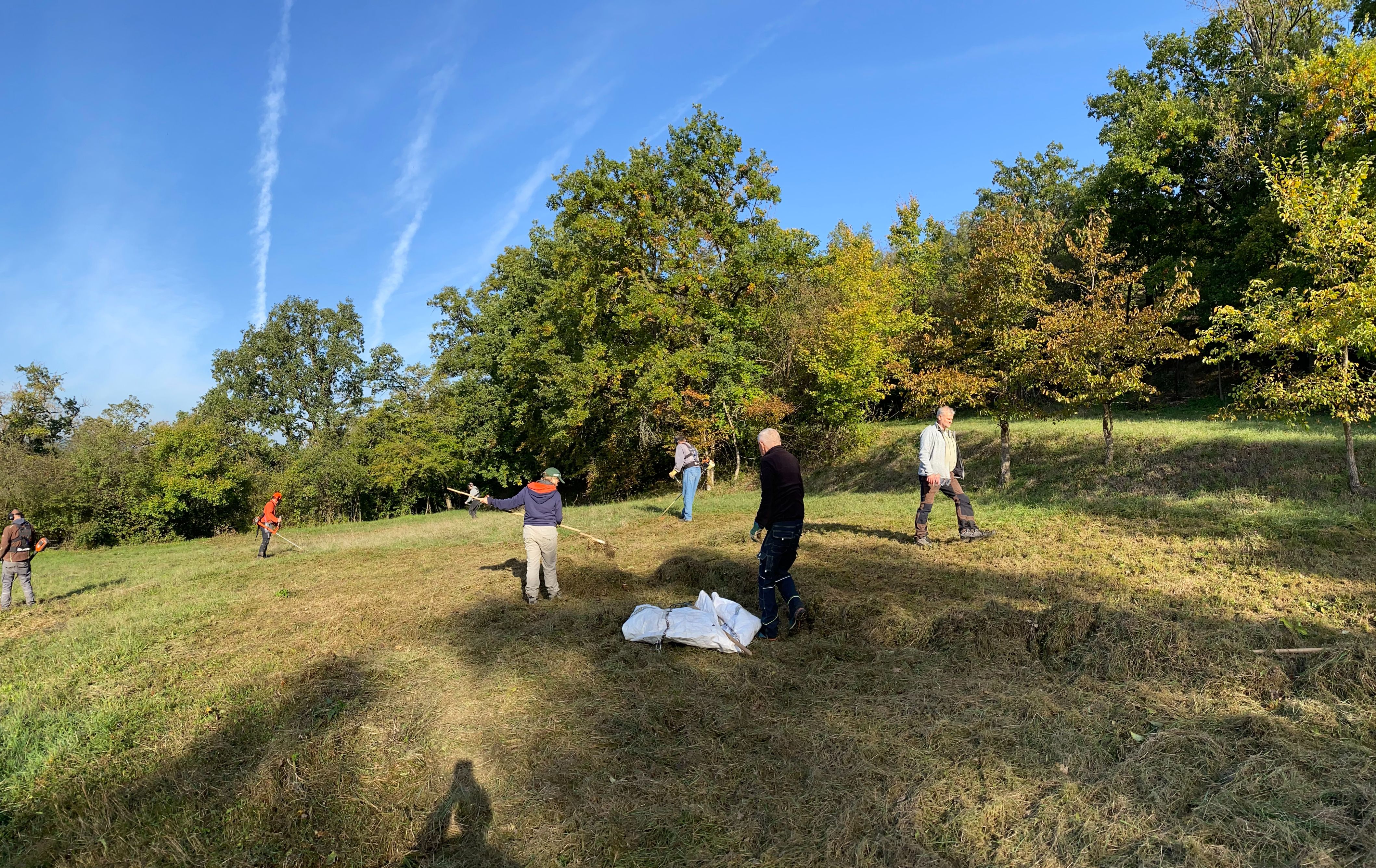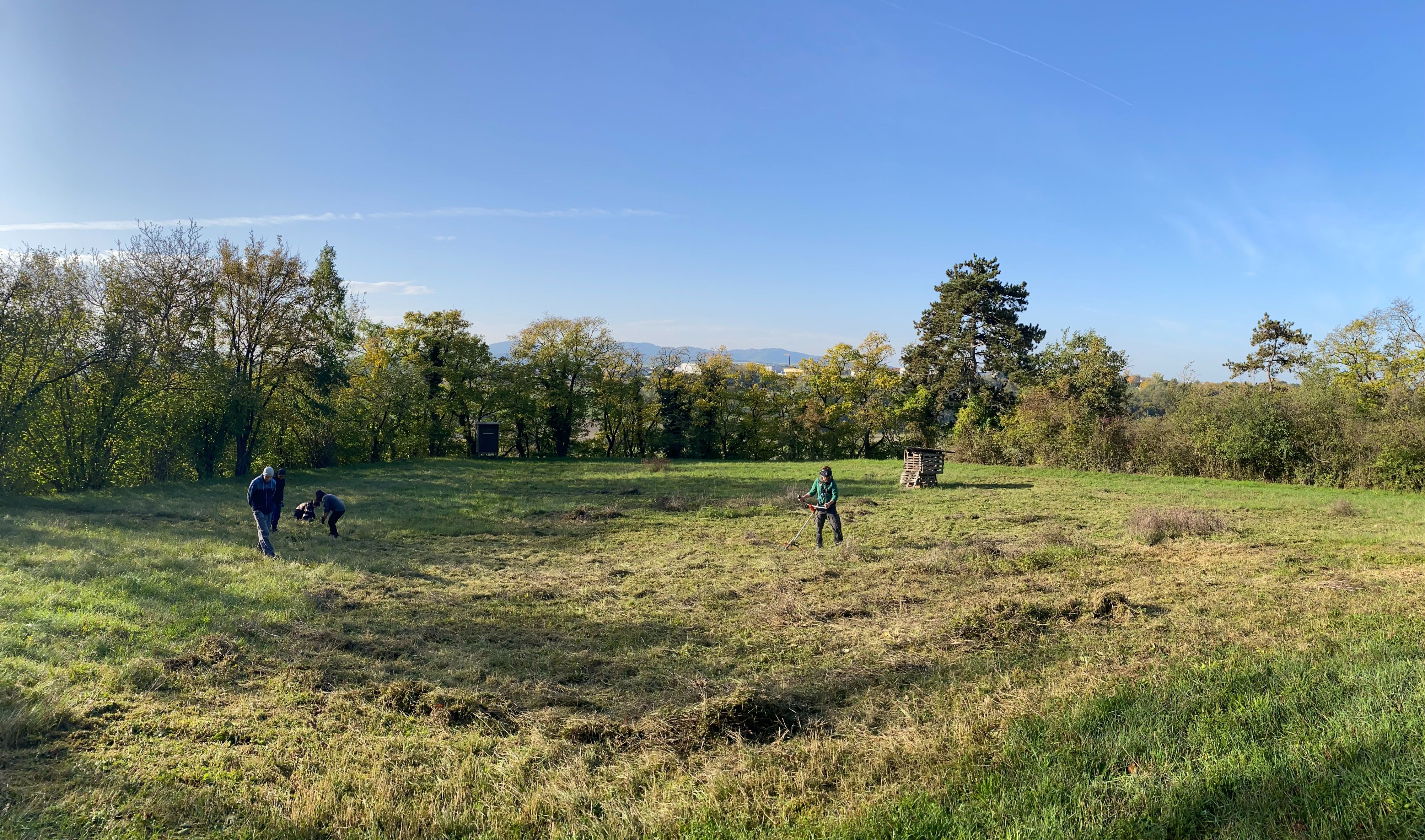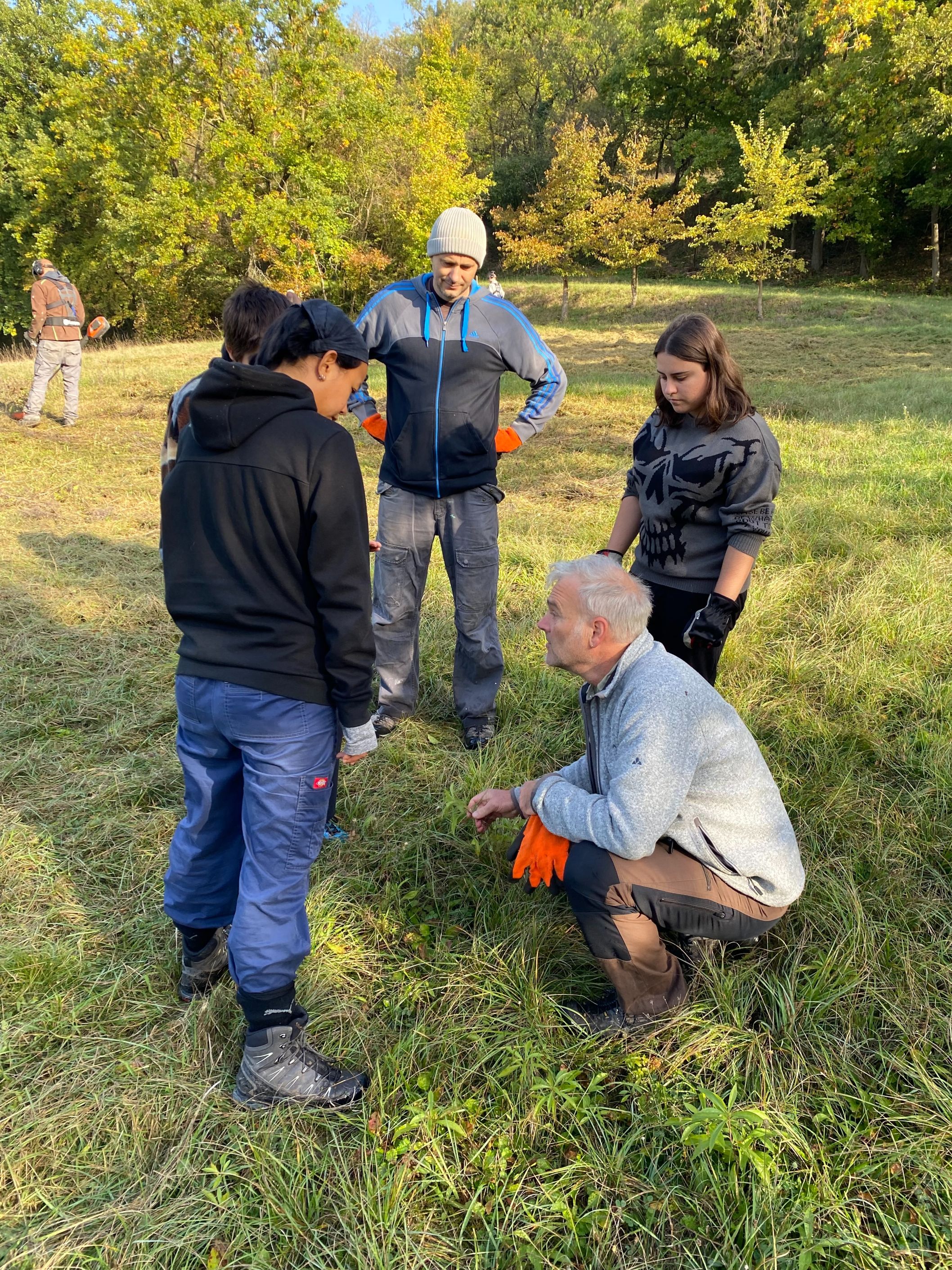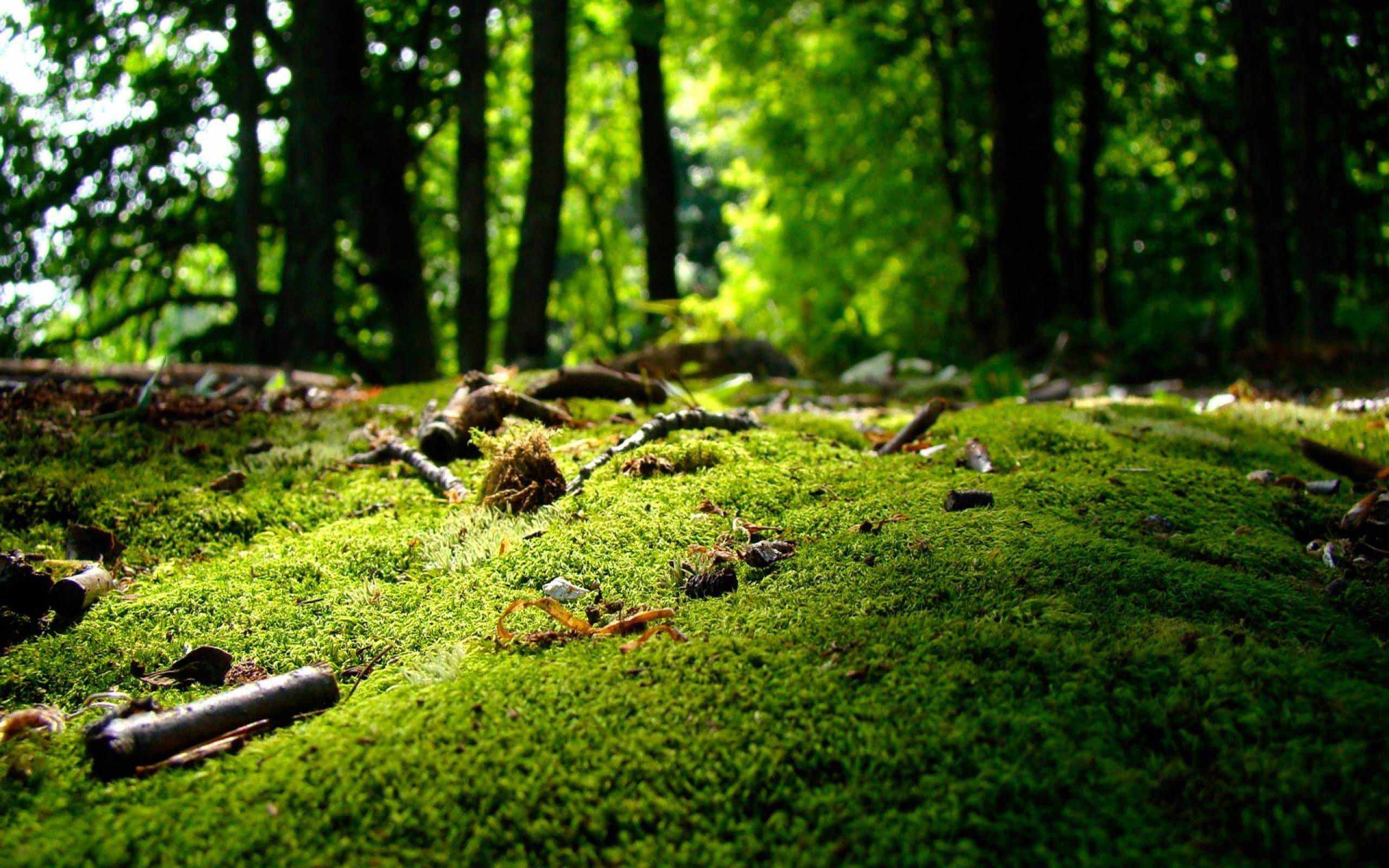Author:
Petra Demartis
Short summary:
Fostering a deep respect for nature among individuals in our society is key to building resilience. Individuals who feel a sense of belonging and responsibility towards the land and the planet we inhabit have a deeper connection and understanding of the environment and make greater efforts in taking care of it. Indigenous populations have done this throughout their entire existence. Today, participatory biotope maintenance could be one of the ways in which stewardship can continue to be brought forward, flipping the role of humans in the Anthropocene.


In Lower Austria, Lanius is a regional non-profit organisation that focuses on maintaining and taking care of specific pieces of land across the region. The areas to be maintained include grass meadows, former agricultural meadows, old terraces and areas close to local forests. Each piece of land presents unique natural features as well as richness in biodiversity. For this reason, its maintenance is necessary. Such practice is done regularly and usually includes mowing, raking and removing neophytes and invasive species.
When participating in such activities, one truly gets the feeling of taking care of nature in a way that allows it to thrive, maintain its biodiversity and overall ecological balance. Covering roles such as removing invasive species that constitute unfair competition for the native ones, participants experience hands-on how fragile our ecosystems can be, how our role as humans can be transformed and how we ourselves are part of the ecological balance.
Namely, consumerist capitalist society has turned human beings into passive and all-consuming individuals and has greatly deprived them of the connection to our ancestral land, planet Earth. The removal of this connection has led to the alienation of humans from their own natural environment causing a great distortion of our self-perception in relation to nature. We no longer see ourselves as active participants of our ecosystems and perhaps we do not even think it is possible for us to be part of it. Industries have transformed nature into a source of profit and have placed efforts on solely gaining from it, placing humans at the far end of the supply chain: consumers. In this position, we now have a common vision of seeing everything as a commodity and as a product. Being so alienated from the sources of our food, our clothes and many more of our objects, we no longer feel responsible for their provenience, wellbeing and future. It is hard to believe that humans evolved on this planet to cover such a role.
The distance we have taken from nature has become so great that we have forgotten what it means to be human.

So how do we rediscover our role? And what does it really mean?
Learning from indigenous stewardship
When thinking of efforts to preserve biodiversity and tackle climate change, a possible image that may come to mind is that of global climate conferences. Indeed, on a global scale, the main decision-maker on climate change and environment related issues is the Conference of the Parties (COP) within the United Nations Framework Convention on Climate Change (UNFCCC). Within such conferences, thousands of stakeholders participate with the intended aim of taking decisions for the future of nature. Looking at logistics, this means thousands of private jet flights, inflated accommodation prices, tons of food waste, tons of plastic and extremely heightened amount of traffic on the road via police and ambulances, but also drivers of delegates and participants.
Climate conferences, oxymoronically, emit hundreds of thousands of carbon dioxide.
Considering how nature is currently perceived, the status quo is only to be expected. Such conferences embody the distance between nature and humans to the point where the decisions of how to manage and take care of our environment are taken in unsustainable and damaging practical contexts, within centralised systems and by social elites.
It thus seems that a cognitive shift of our role in relation to nature has become necessary. More specifically, a holistic approach that includes culture and practice is required for the wellbeing of our environment and therefore of us in it. Such approach has long been the worldview and core belief among indigenous populations across the globe and is commonly known as indigenous stewardship.
Indigenous stewardship is usually defined as the traditional practices and responsibilities of indigenous peoples in managing and caring for their lands and ecosystems, fostering a deep connection between communities and the environment. Traditional ecological knowledge of the land is passed on through generations and has created sustainable practices that can adapt to changing conditions while promoting environmental health. Such approach can only be possible when communities feel a strong sense of compassion, empathy and belonging to their land and is thus what is so vital to increase today.
With this in mind, it becomes clear how participatory biotope maintenance can also foster a sense of stewardship and can thus become an important tool for individuals to feel more connected to the land. Inviting participants to manage green areas together allows the ones involved to feel a sense of community, gain new experiences as well as deepen existing knowledge and skills. This activity also fosters a sense of doing something meaningful and leads individuals to become more aware of and interested in the green areas that are cared for. It is a practice that can suit large and small groups and can be applied in urban, rural and more natural environments.
Implementing practices that foster a sense of stewardship can be a game changer in the way societies develop in relation to nature.

The role of formal schooling
Changing our role as humans, implementing practices and shifting cognitive perceptions can all sound very challenging and at times overwhelming. Schools and education, however, are the cornerstone of sustainable development and can become key in achieving more connected and sustainable societies.
Education systems are currently academic and performance focused and mostly provide a one-size-fits-all curriculum which leaves little space for individual self-development, discovery and diversity. Children and students feel under pressure to live up to standards, spend most of their time sitting and perceive education as a burden. With such systems in place, how surprising is it that individuals become alienated and uncommitted to society and the planet?
More specifically, students today learn about climate change and greenhouse gases, but have little time and opportunities to truly witness the unfolding of such concepts in the real world. In most education institutions, no space is given to practical activities in nature and the topics learned are thus perceived as any other and its importance completely dismissed.
If, however, we consider education to be the place where individuals are empowered with the knowledge, skills, and values needed to build a more equitable, environmentally conscious, and economically resilient world, it is then precisely here that we need to start fostering the necessary changes.
The development of a sense of stewardship can be one of the pillars of such education for sustainable development and participatory biotope maintenance can be a best practice.
Biotope maintenance is an activity that can allow students to gain knowledge about their surroundings as well as about ecosystems. Sub activities of such practice are adaptable and can be differentiated according to individual or group needs. For example, if working with groups of younger students, the focus can be on observing native and invasive species as well as the impact of the maintenance work. Instead, if the group is suitable for more physical activities, then the practice can be adapted to that too. Furthermore, the activities can differ greatly depending on the type of land that is being maintained and thus different skills can be gained from the work according to the focus chosen.
Engaging with local actors at the forefront of biotope maintenance and revitalization of the natural environment also puts schools at the forefront of such change. Students become involved and can interact with the experts of the field that are no longer perceived as distant and not part of their reality, but rather as fellow human beings in their communities that they can learn from and that are present. This empowers the organisations and the students at the same time, giving one the opportunity to spread their work and message and the other to explore options and opportunities for their futures and feel part of the common good.
Overall, introducing practices such as biotope maintenance in schools can be of great importance in creating a sense of responsibility and care for the land, raising awareness on the environment, fostering sustainable mindsets, empowering communities and local solutions.
Such pillars are vital today and necessary for a sustainable future of engaged, informed and compassionate individuals. These features can then be the characteristics of our new role as humans, the role we have much forgotten and that indigenous populations prove has been our true nature all along.

Further reading:
• https://www.researchgate.net/publication/366409169_Indigenous_Stewardship_vs_International_Diplomacy
• https://www.researchgate.net/publication/367531257_The_Human_Being_as_Ecosystem_Service_Provider
• https://www.researchgate.net/publication/362381735_On_the_Value_and_the_Management_of_Commons
Interested in becoming a steward of your commons?
• Set up a Community: https://ark.greensteps.me/communities
• Check out our pilot project in St. Pölten: https://ark.greensteps.me/commons/stp#quests
• Contact us on Whatsapp: https://chat.whatsapp.com/Lqc3gMYykWzDZcCwZKGYgd
Subscribe to our newsletter:
• https://www.greensteps.me/membership.php





